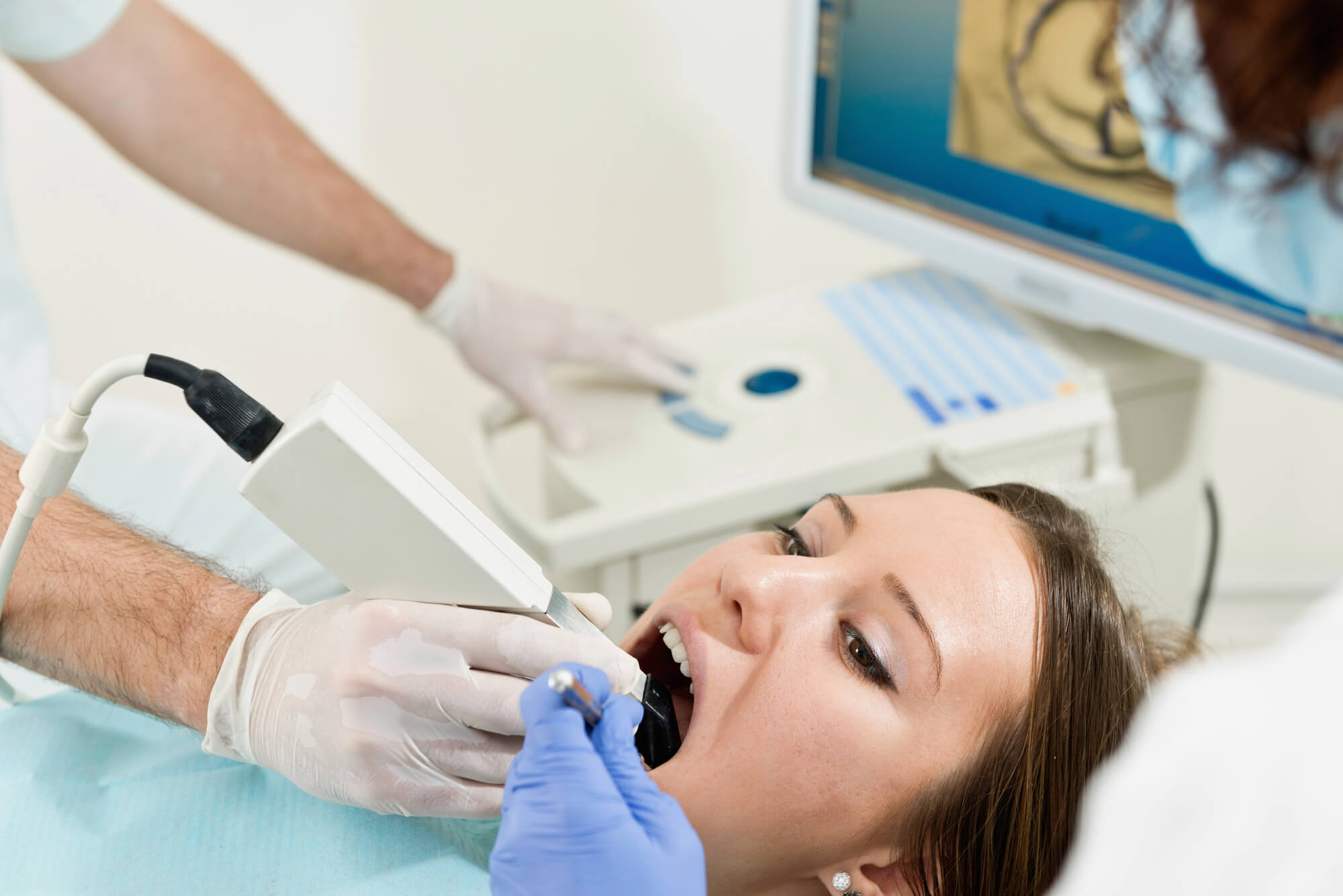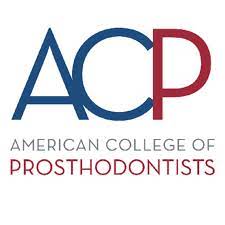Crowns are one of the oldest dental procedures. From gold caps to one-day dental crowns in Coral Gables, dentistry has come a long way. With each new advancement, patients have more and better options to choose from.
For example, CEREC® dental crowns offer the shortest treatment times and are made with durable materials. Nevertheless, these crowns aren’t a perfect fit for everyone. To help you determine whether that’s your case, here’s all you need to know before getting a dental crown.

A dental crown is a small, tooth-shaped cap fitted over a tooth that creates a perfect smile after the tooth has suffered damage from decay or trauma. It can be used to hide discoloration and misshaped teeth, protect broken teeth, hold dental bridges in place, or serve as the prosthetic tooth on a dental implant.
Crowns are manufactured for a specific tooth placement, so they’re custom-made to fit perfectly in terms of appearance and functionality. Besides helping improve the damaged tooth’s appearance, they provide solidity and make it stronger.
Crowns in dentistry fall into three main categories: porcelain fused to metal (PFM), all-porcelain, and all-metal. The classification is based on the type of materials used to manufacture them, such as:
Each has its own set of advantages. Deciding which one to use will depend on the tooth’s exact location, how much of it will show when you smile, your gum tissue, the color of the surrounding teeth, and, more importantly, the function of the tooth that needs the crown.
Did you know? It has been discovered that some PFM crowns interfere with proton beam treatments for cancer in the head and neck. Your dentist considers this and many other factors before recommending a type of crown.
The process for placing a dental crown depends on various factors, from the material used to the tooth’s localization and even the patient’s unique circumstances. However, here’s what the process commonly looks like:
Getting a crown is a permanent and irreversible procedure because your tooth needs to be filled in. If the crown accidentally breaks, it will have to be replaced as soon as possible.
Unlike other types of crowns, CEREC® crowns are designed, made, and placed using computer-assisted technology. The name stands for “Chair-side crowns or ceramic restorations,” and, as it indicates, much of the process can be done in one visit.
CEREC® crowns fulfill the same objectives as traditional ones, but unlike them, they can be designed and placed more efficiently, thanks to advanced CAD/CAM technology.
This digital design software enables dental professionals to create digital dental prostheses based on a 3D image of your mouth. The prosthesis is then printed and placed in your mouth. The accuracy of these programs is superior to the traditional method of taking impressions, so the resulting crown is custom-made and natural-looking.
Additionally, CEREC® crowns are made of high-quality ceramics like porcelain or lithium disilicate, which are known for their strength and durability. They’re also very natural-looking, making them an excellent choice for restoring teeth.
Because CEREC® crowns are different than traditional crowns, patients often ask us about the quality of their material. However, this technology can design crowns from a variety of quality materials:

The CEREC® crown’s process is very similar to other dental fixture treatments:
Besides improved workflows, CEREC® crowns offer a wide range of benefits, such as:
However, CEREC® crowns aren’t a perfect fit for anyone. Here are some downsides to take into consideration:
Maintaining oral hygiene and taking care of your CEREC® crown with good dental habits is crucial to guarantee their longevity and best performance. To help you achieve that, here are some tips:

CEREC® crowns were a revolutionary development in dental restorations. They can provide patients with a natural-looking ceramic crown, and are incredibly durable yet easy to care for. However, this doesn’t mean traditional types of crowns aren’t a good choice.
The material and technique used to create your dental crown depend on time and your unique mouth’s conditions. Here at Coral Gables Dentistry, we believe in offering custom, personalized treatments that perfectly adapt to you and only you.
If you’re interested in hearing more about it, schedule an appointment!

We value your time, so we always run on schedule, respecting your commitments, with no double bookings and minimal wait times. Experience dentistry like never before in our award-winning clinic.






